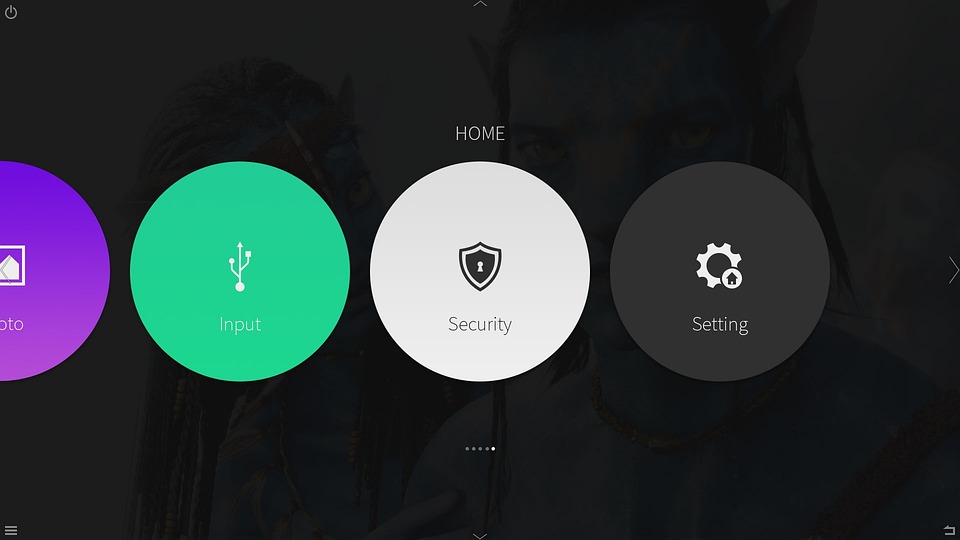In today’s fast-paced digital landscape, the demand for intuitive and engaging user interfaces (UI) has never been higher. Effective UI prototyping bridges the gap between your initial ideas and the finished product, transforming basic concepts into interactive experiences that users love. In this guide, we’ll explore the journey from wireframes to Wow, offering step-by-step instructions for creating compelling UI prototypes.
Step 1: Understanding the Purpose
Before diving into design and prototyping, it’s crucial to understand the purpose of your product. Ask yourself:
- What problems does it solve?
- Who are the target users?
- What are the key features that need to be showcased?
Establishing clear objectives will shape the direction of your prototyping efforts.
Step 2: Creating Wireframes
Wireframes serve as the skeleton of your UI design. They are essentially blueprints that outline the layout and functionality of each screen.
Tools for Wireframing:
- Sketch: A vector-based design tool that is great for creating UI elements.
- Figma: A collaborative design tool that allows real-time editing and feedback.
- Balsamiq: A simple drag-and-drop interface designed for low-fidelity wireframes.
Tips for Wireframing:
- Focus on functionality over aesthetics.
- Use placeholders for content to visualize how each section will work.
- Ensure your wireframes are easy to understand for stakeholders who may not be familiar with design.
Step 3: Transitioning to High-Fidelity Designs
Once your wireframes are finalized, the next step is to add aesthetics and interactive elements to create high-fidelity prototypes.
Design Elements to Incorporate:
- Color Schemes: Choose a color palette that aligns with your branding.
- Typography: Select fonts that enhance readability and align with your brand persona.
- Icons and Images: Use appropriate visuals to make the interface intuitive.
Tools for High-Fidelity Prototyping:
- Adobe XD: A versatile tool that allows for high-fidelity design along with prototyping features.
- InVision: Offers excellent collaboration features and allows for animated transitions between screens.
Step 4: Adding Interactivity
A prototype should not only look good but also function well. Adding interactivity allows stakeholders to experience the flow between different screens.
Key Interactive Features:
- Clickable Elements: Ensure buttons and links respond to clicks.
- Hover Effects: Provide visual feedback when users hover over buttons and icons.
- Transitions: Use animations to enhance the user experience as they navigate through screens.
Step 5: User Testing and Feedback
Once the interactive prototype is ready, it’s time for user testing. This stage provides valuable insights into how actual users interact with the design.
Conducting User Tests:
- Select a Diverse Group of Users: Choose participants that resemble your target audience.
- Observe Behaviors: Watch how users interact with the prototype, taking note of any difficulties or confusion.
- Solicit Feedback: Ask users for their opinions and suggestions for improvement.
Step 6: Iteration and Refinement
Based on user feedback, iterate on your design. Refinement may involve making small adjustments to layout, functionality, or visual elements, or it may require larger-scale redesigns.
Tips for Iteration:
- Keep track of changes and timestamp revisions to understand the evolution of your design.
- Use version control tools to manage updates and access earlier prototypes.
Step 7: Finalizing the Design
After multiple iterations and refinements, it’s time to finalize the prototype. Ensure all design elements are polished and functioning as intended.
Key Finalization Steps:
- Double-check for consistency in design elements.
- Ensure that all clickable areas are functional.
- Prepare design specifications for developers, including stylesheets and asset exports.
Step 8: Handoff to Development
Once the prototype is ready, collaborate with developers to bring the design to life. Clear communication during this phase is crucial, so ensure all design specifications are shared and understood.
Conclusion
From wireframes to wow, effective UI prototyping is an iterative process that enhances the user experience and drives design decisions. By following these steps, designers can create intuitive, engaging interfaces that resonate with users. With thoughtful planning and collaboration, your prototype can evolve into a stunning UI that not only meets business objectives but also captures the hearts of users.



